Is Bollywood ready for the 8-hour shift? Anand Pandit, Rahul Dholakia, Kumar Sanu and others weigh in on the battle between burnout and brilliance - Exclusive

In an industry that has long prided itself on its unpredictability, relentless pace, and obsession with "the perfect shot," the very idea of a structured 8-hour shooting shift once seemed laughable. Bollywood shoots are notorious for their sprawling hours, delayed schedules, and spontaneous bursts of genius that strike at 3 a.m. rather than 3 p.m. But that norm is now being questioned.
The flashpoint came when Deepika Padukone walked out of Prabhas starrer Spirit, a film by Kabir Singh and Animal director Sandeep Reddy Vanga , due to concerns over exhaustive shooting schedules. With motherhood now an integral part of her life, the decision wasn't just personal—it was symbolic of a generational shift.
This ETimes feature dives into the heart of that question — asking not just whether 8-hour shifts are feasible, but whether they’re necessary for the health and future of Indian cinema.
From ‘grind culture’ to ‘planned creativity’
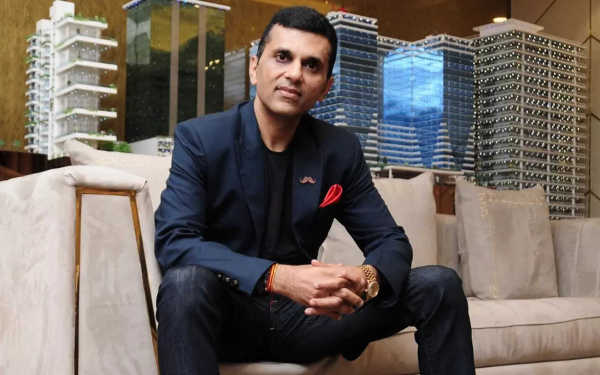
The old-school pride in overwork — actors boasting about hopping between three sets a day, crew members sleeping in vans, and night shifts that last until sunrise — is increasingly being seen not as dedication, but as dysfunction.
Producer Anand Pandit believes it's high time Bollywood sheds its old skin. “We are way past the era when stars used to work in multiple shifts and suffer burnout,” he says. “It is healthy to work smarter than longer. Akshay Kumar , for instance, is known to work in well-managed, crisp shifts and this is a practice that is catching on.”
Pandit also points out that today’s actors—particularly younger ones—are far more vocal about boundaries, self-care, and mental health than their predecessors. “Each actor will answer differently. There is no single rulebook, and that’s a good thing. The fact that we’re even having this conversation is progress,” he adds.
Money, momentum, and the myth of more hours
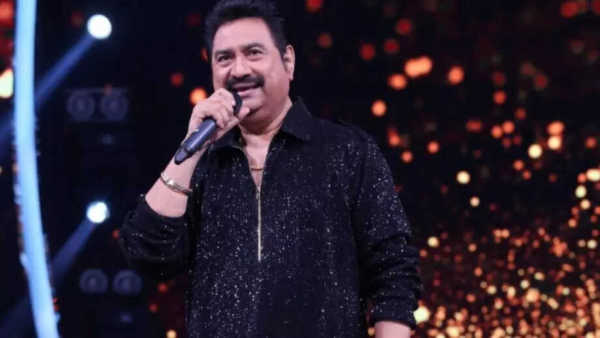
One of the central arguments against shorter shifts is economic. More days on set mean more rental costs, crew expenses, and time-sensitive logistics. “Yes, fewer hours typically mean more shoot days, which can increase budgets,” Pandit admits. “However, with tighter scheduling, good pre-production, and minimal wastage, the rise in costs can be absorbed—or even offset.”
Kumar Sanu , who has experienced decades of Indian film and music production, agrees that filmmaking is time-intensive. “It takes a lot of time just to set up cameras or tweak the lighting. But actors and directors should be looking out for each other. Deepika being a new mom—her concerns are valid. Sandeep Reddy Vanga’s creative process is valid too. Both are right in their own ways.”
He adds, "Budget and time allotted can put pressure on the creative team, but we also have to see that there have been really good and enjoyable movies and really bad movies made in the same time as each other. Creativity is in the mind of the filmmaking crew. Putting a number to it doesn’t make any sense. It is dependent on the creative team and how much time they need. If we make a certain number an industry standard, it might affect some and it might not affect others. Slandering or bashing actors or directors is not the way to handle this debate."
Creativity, Sanu points out, doesn’t obey the clock. “Some amazing films were made in short spans, and some flops took forever. I recorded Kuch Na Kaho in 9 minutes—it was a rehearsal—but it became a superhit. Time is not the deciding factor—mindset and preparedness are.”
“The actors are pampered — it’s the crew we forget”
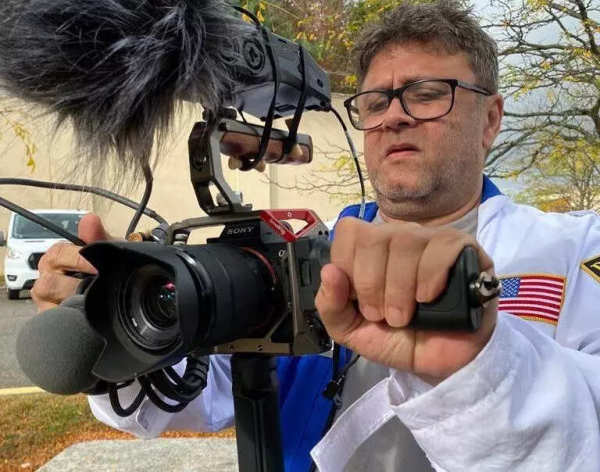
Director Rahul Dholakia introduces a critical layer to the discussion—the unseen, unheard crew.
“The light men, spot boys, production staff—they're the first to arrive and the last to leave,” he stresses. “Their call times are at least an hour before others, and sometimes two hours earlier than lead actors. If we shorten shifts without recalibrating for them, they’re the ones who suffer most.”
Dholakia recommends a 10-hour shift model—with 8 hours of shooting and a 2-hour buffer. “Lunch breaks in India aren’t quick. People need their nashta, their chai. That eats into time. So production has to compensate for that if we're serious about shorter shifts.”
He also advocates for proper turnaround time. “If you wrap late, you need at least 10 hours before the next day’s call time. Unfortunately, only top-tier talent gets that luxury right now.”
Efficiency models from the South and beyond
Multiple voices praise South Indian industries for their discipline and professionalism. “I have worked in virtually every regional industry and everybody has a different working style. I believe the South-Indian industries are less wasteful with time and resources. Everyone works with a certain discipline and everybody's time is respected. I cannot speak for Hollywood, but from what I have gathered, it is also a very well-structured industry,” says Pandit.
Singer Kumar Sanu points to punctuality and preparedness as the real production model to emulate. “Amitabh Bachchan was known for always being on time and coming prepared. That’s what made shoots efficient—not just the hours worked.”
Commenting on work-life balance, Sanu said, "Work and life balance is really important. With Actresses especially when they become mothers, we need to be understanding and give them their comfort on humanity ground. There are many complications after becoming a mother and every woman faces different things. Movies were being made in the 50s and 60s when there was lack of convenience, but they worked around it. In today’s time, we have so much convenience, people should be more understanding now."
Mental health and the myth of the tireless artist
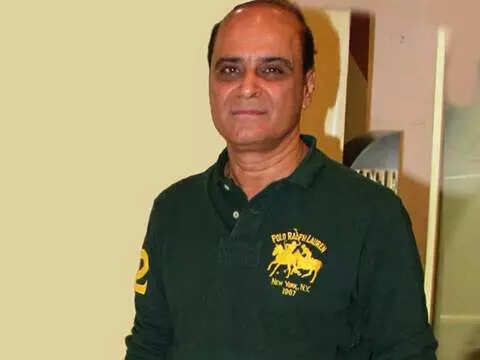
Actor and writer Karan Razdan , who is currently working on Rajni 2.0, offers a lived experience of creative burnout. “Creativity actually and truly lasts for a maximum of 8 hours. This is true not only on the set as an actor or director but it applies to all the other technicians also. Infact having been a writer, actor and director let me tell you that even the writer's true creative time is restricted to just a few hours. Now that I have started again in Rajni 2.0 (the sequel of my hit show Rajni) i feel extremely burnt out after 8-9 hours as an actor. And of course have always felt it as a director too."
Having straddled multiple roles in the industry, Razdan believes that shorter shifts could actually enhance artistic output. “If those 8 hours are dedicated and focused, the results can be marvellous. Budget-wise too, it won’t impact things too much.”
For director Mozez Singh , it boils down to balance—between life and work, heart and hustle. “It’s really important to have a work-life balance because it is life itself that feeds the work. And proper rest is the biggest fuel for productivity.”
He adds, “Actors have responsibilities outside the set—young children, ageing parents, emotional health. These aren’t afterthoughts. They must be part of our scheduling discussions.”
The fear of the unknown
Still, not everyone is ready to jump in. While many acknowledge the benefits, there’s fear that rigid shifts could stifle spontaneity or drive up costs.
Sanu believes that an 8-hour shift would negatively impact the industry economically for those who work on hourly basis or shift basis, unless someone has one of contract then it’s positive for them.
Pandit echoes the sentiment: “Flexibility is key. For climax scenes or complex setups, longer days are needed—and that should be okay if planned in advance.”
A hybrid path forward?
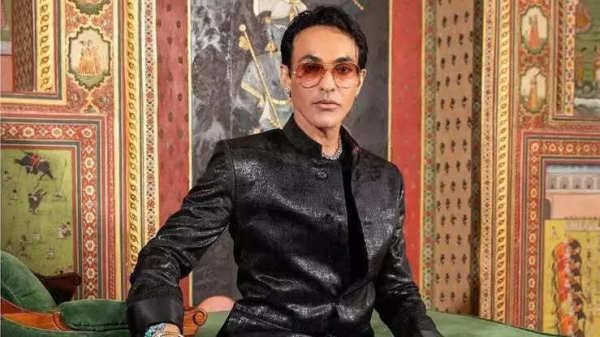
Nearly all stakeholders seem to agree on one solution: hybrid models. A mix of shorter and longer days, depending on the scene, budget, and cast requirements.
“Yes, I could see that work,” Mozez Singh says. “Give more hours to high-stakes scenes, but otherwise keep to 8-hour norms. That’s the only way to be fair to both the art and the artist.”
On the human side of the debate, Rahul Dholakia shares a telling anecdote: “On one film, my actor requested that he work 10 hours on set and wrap by 7 or 8 pm so he could be in time to see his kids before they slept. That’s fair — we have to honor that.”
But to make this all possible, the Raees director says, the industry must invest more time before the camera starts rolling: “A lot of how we shoot is organized — but a lot can be fixed. How efficiently we do that depends only on one thing: planning.”
Kumar Sanu offers a final note of pragmatism: “If we rotate shifts well, it might even create more job opportunities. But it must be implemented thoughtfully—without hurting the daily workers.”
A time for reflection
The 8-hour shift debate isn’t about hours alone. It’s about respect—respect for time, health, family, and artistic integrity. The conversation sparked by Deepika Padukone’s departure from Spirit is not a rebellion; it’s a request for reform.
As Anand Pandit aptly puts it: “When we work smarter, we don’t have to work longer.”
In the end, Bollywood may not be ready for a time clock, but it is definitely ready for a reset.
 In an industry that has long prided itself on its unpredictability, relentless pace, and obsession with "the perfect shot," the very idea of a structured 8-hour shooting shift once seemed laughable. Bollywood shoots are notorious for their sprawling hours, delayed schedules, and spontaneous bursts of genius that strike at 3 a.m. rather than 3 p.m. But that norm is now being questioned.
In an industry that has long prided itself on its unpredictability, relentless pace, and obsession with "the perfect shot," the very idea of a structured 8-hour shooting shift once seemed laughable. Bollywood shoots are notorious for their sprawling hours, delayed schedules, and spontaneous bursts of genius that strike at 3 a.m. rather than 3 p.m. But that norm is now being questioned.




